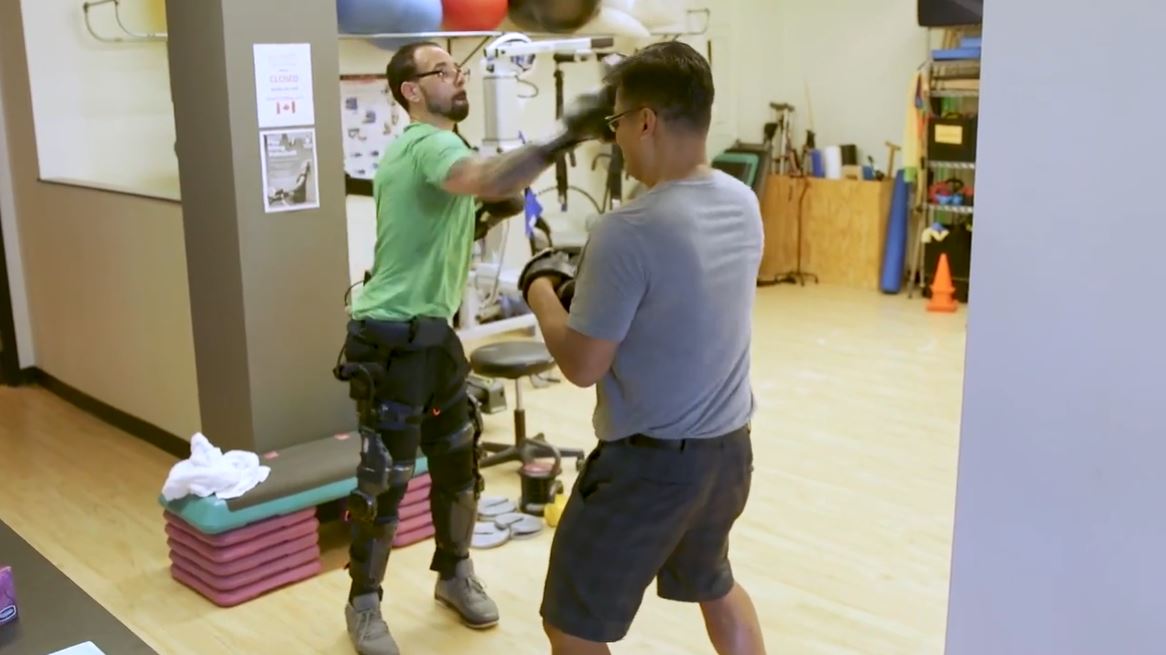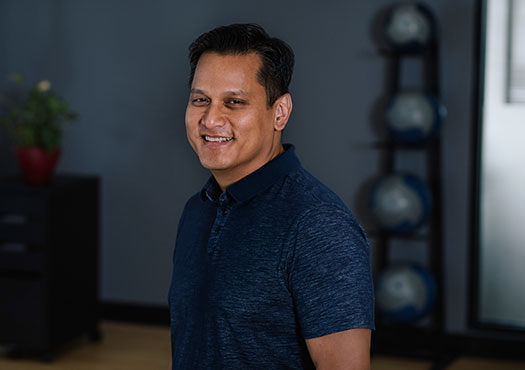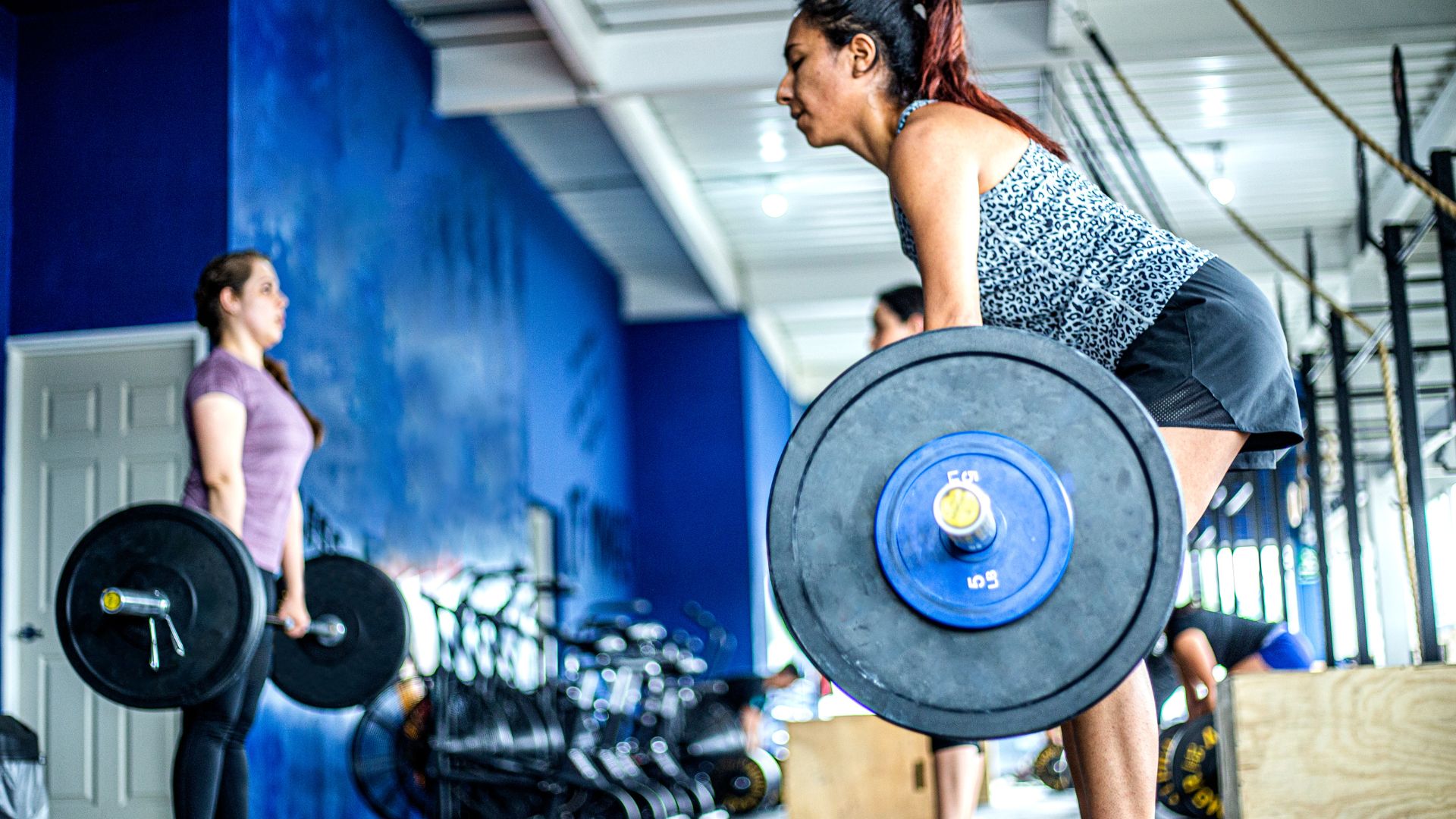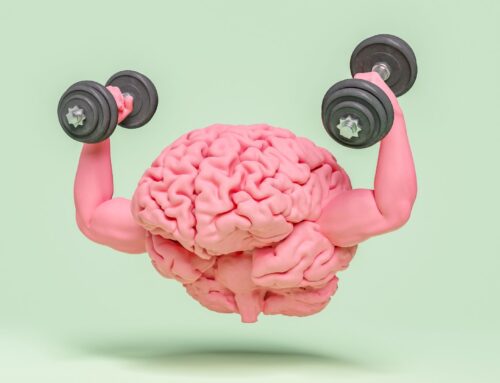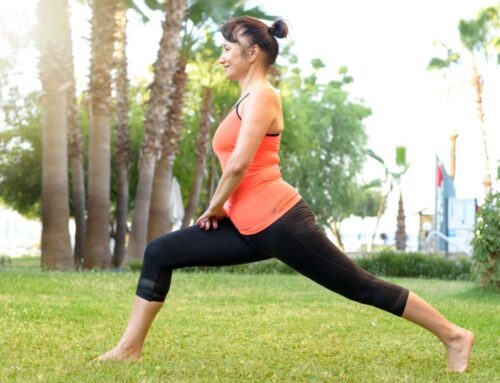At Propel Physiotherapy, we take the same approach to personal training for people with disabilities or limited mobility as we do for any other client. By getting to know our clients and what is important to them, we can tailor personalized programs that help keep them motivated towards achieving their goals.
My experience with exercise programming for special populations has taught me the importance of meaningful goal setting, not focusing too much on the numbers, and collaborating with other health professionals.
Goal-Based Approach to Personal Training for People with Disabilities
As a kinesiologist who works with clients with a wide variety of injuries and abilities, I understand every client is unique and has their own goals and motivation. Whether I am working with a client with paraplegia, amputation, brain injury, dementia, diabetes, or an orthopedic injury, we work back from their goals to figure out how to achieve them.
When I am training someone with a physical disability or limited mobility, I need to consider some of their current limitations as we work back from the goal. There are cases where we don’t know the full extent of the client’s limitations to start — like which muscles work, which neuromotor pathways are operational — and so we focus on very functional outcomes.
For example, I had one client with mobility issues, who couldn’t walk for any significant distance. In talking to him about what is important to him, he mentioned that his daughter was going to be married in a few months. More than anything, he wanted to be able to walk her down the aisle.
This gave us a very realistic and applicable goal to focus on. We then looked at his current functional capacity. From there, it was my job to figure out which activities we needed to do to get him there. He knew that everything I asked him to do was in some way going to help him get closer to that goal. And if I had him doing a bunch of core work, he didn’t have to wonder why we were doing it. It was made clear from the start that better core control would help him stand better, and bring him closer to walking.
In the end, the client achieved his goal of walking his daughter down the aisle. And in my opinion, this program was very successful precisely because he always had this goal in the back of his mind. That’s the power of goal-based rehabilitation. Educating clients on how the exercise ties back to the goal, is usually a winning strategy in terms of motivating them in their therapy sessions, and pursuing exercise at home as well. Unfortunately, setting a goal for rehabilitation isn’t always easy.
Measuring Physical Activity Levels for Special Populations
In kinesiology, we primarily focus on functional indices as a means of gauging progress. For example, the client can now stand up from a seated position or they can walk again, or their rate of perceived exertion has decreased. A formal set of standardized tests and assessments for a spinal cord-injured patient’s wheelchair skills, for example, is something that our industry is working to develop but does not currently exist.
When it comes to measuring specific activity levels from an aerobic capacity or aerobic fitness perspective, there are some guidelines for special populations that we can use, including the American College of Sports Medicine (ACSM) guidelines and the Canadian Society of Exercise Physiology guidelines. The two are well-affiliated and always seem to be the same or very similar to one another.
I often use those methods for measuring fitness levels to set a benchmark. At least if we have a number, we can try to move the needle in some way and clients can see how things are changing for them. But I do not to assign any level of judgment to it or limit myself to that method with any client because there’s not a lot of normative data out there, especially where special populations concerned.
It would be unfair for people with disabilities or limited mobility to compare themselves to normal data or to expect them to reach some of the activity levels laid out in these guidelines. Sometimes the machine or the method we’re using has limitations to it, and the normative data doesn’t necessarily apply. A better approach is to continue to shape their physical and exercise goals as you learn more about them. That is an approach that seems to work well for my clients with disabilities or limited mobility.
Integrated Approach to Rehabilitation
I often work with clients as part of an integrated team of clinicians. This gives me the advantage of being able to pull a colleague into what I’m doing, whether formally in an overlap session, or informally as they pass by us in the large open exercise room. I can show them what the client is doing and they can comment on outcome measures they are tracking as part of the physiotherapy program.
For example, as part of a physiotherapy assessment, it is determined that a person has a high risk of falls. When we are engaged in exercise therapy, I can come up with strategies to negate those fall risks, including the use of a gait aid while working on a functional goal like walking to the community mailbox. Being able to pair the exercise indices with some of the formal outcome measures gives us a more complete picture of the client’s progress.
At Propel Physiotherapy, we combine our knowledge and passion for working with people with complex orthopedic and neurological injuries with cutting-edge treatments and technologies, including adaptive equipment like the LiteGait body weight supported harness system, the Keeogo assistive walking device. This enables us to provide high-quality comprehensive care in both our clinics and out in community settings.
Written by

